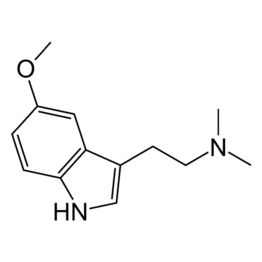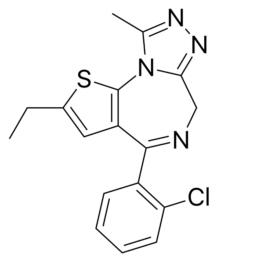The use of saturated cyclobutanones provides opportunities to access various aliphatic ring systems. For example, β-branched cyclobutanones can undergo (4 + 2) cut-and-sew reactions to generate bridge bicycles. The seminal work by Murakami et al. demonstrated the synthesis of benzo-fused [3.2.1] bridged rings (Scheme 8), (9f) though the scope is limited to the benzene linker due to the competing decarbonylation associated with the C–C activation of cyclobutanones. To address this challenge, in 2014 we found that the use of 2-aminopyridines (20) as an additive can protect the cyclobutanone carbonyl from decarbonylation through the in situ imine formation and accelerate the reaction via acting as a temporary directing group (Scheme 9). (2) Diverse [3.3.1] and [3.2.1] bridged rings with various linkers, such as nitrogen- or malonate-based ones, were constructed in good yields. These structures are challenging to access via the traditional type II intramolecular Diels–Alder (IMDA) reaction. Initial success with the enantioselective version of the reaction was also achieved (30b).


In 2014, the Cramer group reported the highly enantioselective (4 + 2) cut-and-sew reactions based on the benzene-tethered cyclobutanones using alkenyl and carbonyl groups as the coupling partners (Scheme 10). (21) In these reactions, DTBM-segphos again proved to be the optional chiral ligand (vide supra, Scheme 3). In 2020, an enantioselective intramolecular cut-and-sew reaction between cyclobutanones and alkynyl groups was disclosed by us (Scheme 11). (22) Excellent enantioselectivity was achieved using a cationic Rh-DTBM-segphos catalyst. Interestingly, the in situ generated anti-Bredt bridged rings can be stabilized by rhodium coordination, according to our DFT calculations, which then gives the olefin migration product through hydride transfer. The E alkene was found to be the thermodynamically favored product; in contrast, the kinetically favored Z product predominated with the oxygen-linked substrates (e.g., 40c) when running the reaction at room temperature.



Recent Comments